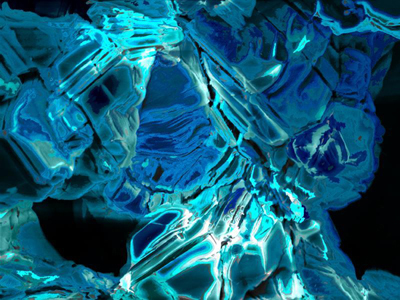Today, I would like to present an interview that I did with Norm Wu
Managing Director, Alameda Capital.
RR: What is your definition of nanotechnology?At Alameda Capital, we view nanotechnology as the commercialization of technology that takes advantage of unique phenomena that exist at the atomic and molecular scale, giving rise to new and useful properties at the macro scale. Examples of such phenomena might include surface effects (such as what you get when nanoscale fibers repel liquids by changing the surface tension of a fabric), molecular forces (such as the Van der Waals forces that provide the potential for next generation non-volatile semiconductor memory based on the natural attraction of closely spaced nanowires with one another), thermal vibration (such as selectively directing thermal vibration energy to harmful bacteria to break them down), or quantum effects (which will someday enable high performance quantum computing). Commercialization is the key word that differentiates real nanotechnology from nanoscience (which is basic research at the nanoscale).
Our investments will be in the traditional market sectors of IT, life sciences and energy where the convergence of multiple technologies, including advanced materials, creates an opportunity for new companies that can integrate such multiple disciplines to capture share with a proprietary set of products. We call this "convergent technologies." Many, but not all, of these opportunities will stem from nanotechnology.
RR: As things stand today, which nanotechnologies will you likely invest within the next five years, and why?
We are currently excited about a number of sensor and imaging technologies for security and medical diagnostics, new display technologies, next generation semiconductor devices (first memory and later logic), and certain alternative energy technologies. Each of these have large existing markets, reasonable capital requirements, good technology maturity, and talented entrepreneurs who have developed a compelling value proposition based on the convergence of nanotechnology with other technologies.
RR: Overall, what do you like about nanotech as an investment area?
Nanotechnology, if commercialized on a timely basis, has the potential to transform large existing markets. It's usually not about creating new markets, although there is some potential for that too. Nanotechnology also provides a great opportunity for start-ups to capture market share from existing competitors by being smart about how they integrate nano and other technologies to create compelling new properties resulting in such products as low cost/ultra-sensitive medical imaging, low energy high brightness displays, ad hoc wireless sensor networks, high density memory storage, low cost photovoltaics and more.
Read the entire interview, here:
www.nanotech-now.com/products/nanonewsnow/issues/017/017.htm#Wu










